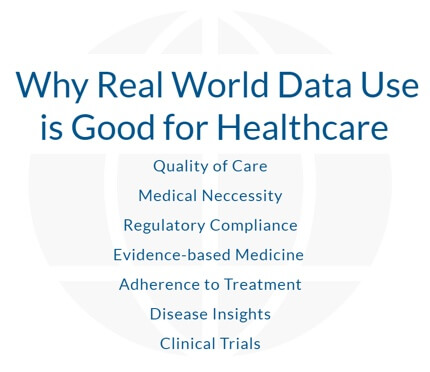Improve Reimbursement for Genomic Tests by Leveraging Real World Data
Mar 7, 2019
Since the sequencing of the human genome in 2003, genomic testing has become the fastest growing category of biomarker testing within the diagnostic laboratory industry. Many laboratory developed genomic tests use next-generation sequencing (NGS) as an approach to target numerous genomic variants with both proven and emerging evidence of clinical utility. While the panel approach is forward-thinking and leverages the advantages of NGS technology, the approach has resulted in uncertainty about NGS panels’ appropriate use, interpretation, and value as health care providers and payors struggle to keep pace with the medical advances that NGS technology has enabled.
Laboratory claims for NGS panels are adjudicated individually according to the restrictions of various payors’ coverage policies. However, without a body of compelling evidence in the form of peer-reviewed publications and/or FDA clearance or approval, NGS panels are most often considered investigational, experimental or unproven resulting in claims denials. If claims are not successfully appealed, the financial responsibility of non-reimbursed genomic testing is either absorbed by the testing laboratory or transferred to the patient. In the short term, the path to reimbursement is dependent upon access to critical clinical information needed to establish medical necessity to support appeals. Laboratories should also consider the accumulation of real-world data (RWD) and the development of real-world evidence (RWE) as a path to establish evidence-based payor coverage for the longer term.
Healthcare informatics systems that curate laboratory and clinical data can be used to improve the claims appeals process as well as develop RWE in support of clinical utility for long term coverage. Informatics solutions can automate the extraction of key clinical data including CPT, ICD and other codes as well a treatment notes and patient outcomes – all of which are required by payors to establish medical necessity and required for claims adjudication. The same standardized approach to data collection can be used to establish a data lake that can be analyzed according to disease category or specific genomic variation and the findings published as evidence in support of clinical utility.

In addition to overturning denials and establishing coverage, RWD can also be used for determining and monitoring quality of care, FDA regulatory submissions, disease insights research as well as monitoring of drug treatment safety and effectiveness. Real-world data and RWE is more representative of actual population demographics, takes into account patient adherence to therapeutic regimens and can be used for comparative effectiveness studies. Compared to traditional clinical trials designs often used to establish clinical utility, the use of RWD is more cost effective and enables the collection of searchable data (outcomes) on rare conditions that would not otherwise be captured or accessible. In summary, the curation of diagnostic and clinical data into a unified healthcare informatics platform has both near and long term financial advantages to laboratories developing genomic tests using NGS.
It will still take time for laboratories to gather a sufficient number of patients’ cases to develop high quality, compelling evidence stories for peer-reviewed publication, FDA and/or payor submissions, but the data is being generated regardless. Why not use it to improve the success of appeals, coverage, and reimbursement?
Published by XIFIN
